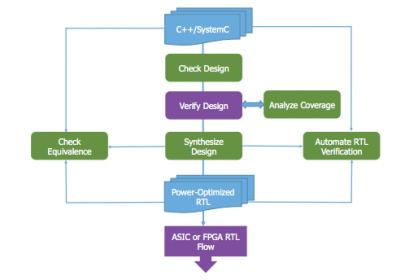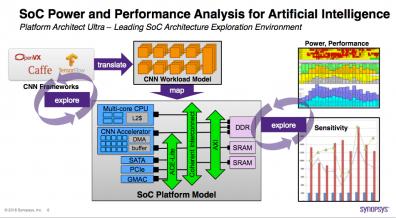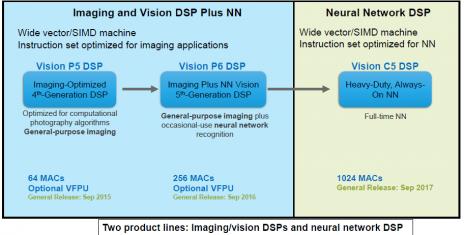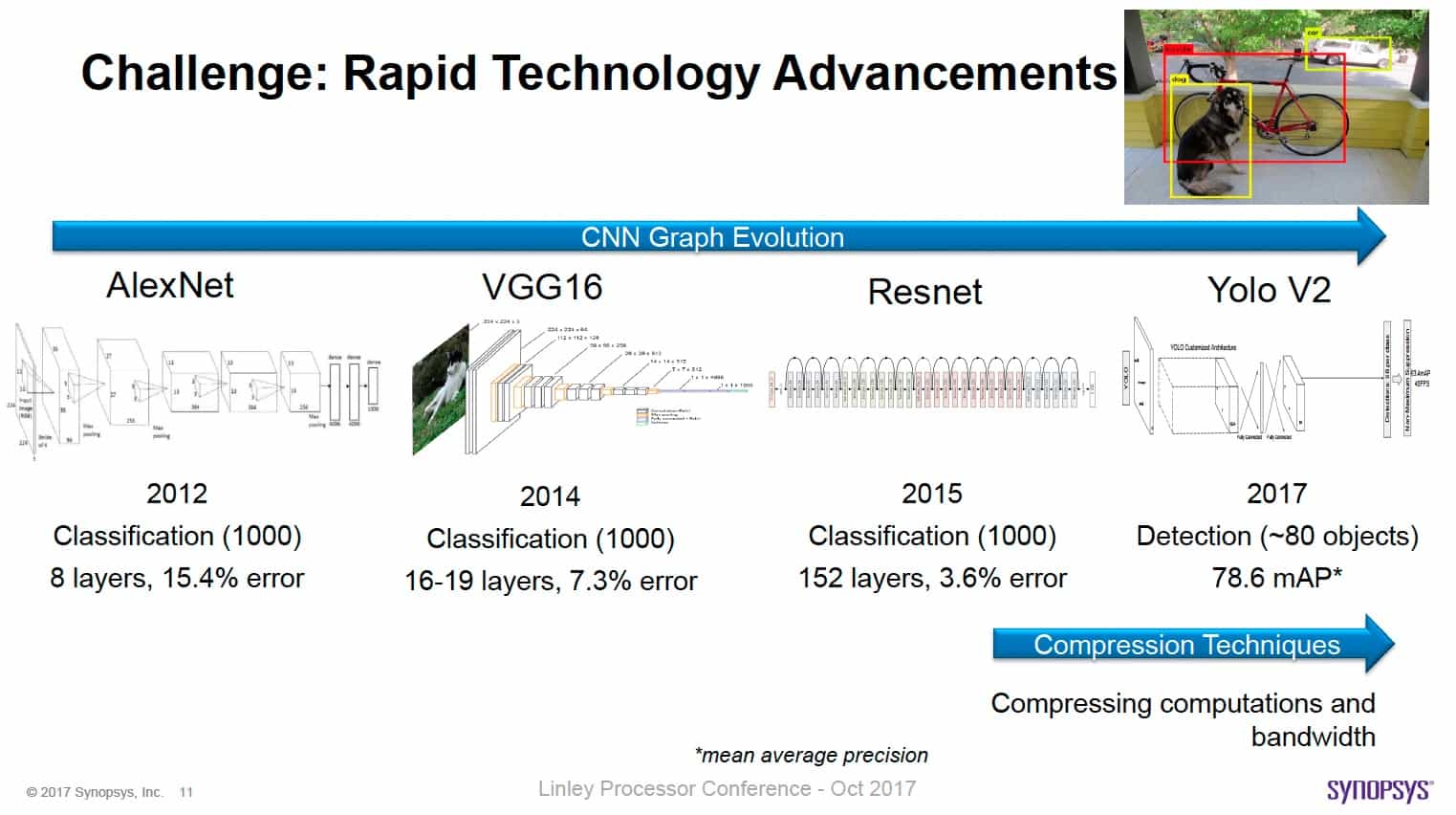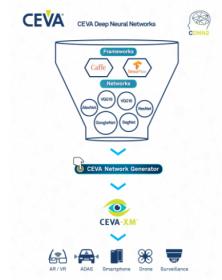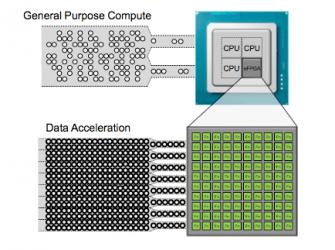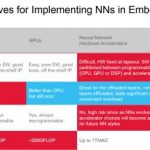You are currently viewing SemiWiki as a guest which gives you limited access to the site. To view blog comments and experience other SemiWiki features you must be a registered member. Registration is fast, simple, and absolutely free so please,
join our community today!
I’m on a mini-roll on the subject of high-level design for ML-based systems. No complaints from me, this is one of my favorite domains and is certainly a hot area; it’s great to that EDA vendors are so active in advancing ML-based design. Here I want to talk about the Catapult HLS flow for use in ML design.
Since I’ve covered the ML topic… Read More
Discussion on machine learning (ML) and hardware design has been picking up significantly in two fascinating areas: how ML can advance hardware design methods and how hardware design methods can advance building ML systems. Here I’ll talk about the latter, particularly about architecting ML-enabled SoCs. This approach is … Read More
Deep learning (DL) has become the oracle of our age – the universal technology we turn to for answers to almost any hard problem. This is not surprising; its strength in image and speech recognition, language processing and multiple other domains amaze and shock us, to the point that we’re now debating AI singularities. But then,… Read More
Cadence has recently announced two key design-in for their Vision DSP IP family: MediaTek’s Helio P30 integrates the Tensilica Vision P5 DSP and HiSilicon has selected the Cadence® Tensilica® Vision P6 DSP for its 10nm Kirin 970 mobile application processor. The Kirin 970 being integrated into Huawei’s new Mate 10 Series mobile… Read More
Before the advent of convolutional neural networks (CNN), image processing was done with algorithms like HOG, SIFT and SURF. This kind of work was frequently done in data centers and server farms. To facilitate mobile and embedded processing a new class of processors was developed – the vision processor. In addition to doing a … Read More
You may be under the impression that anything to do with neural nets necessarily runs on a GPU. After all, NVIDIA dominates a lot of what we hear in this area, and rightly so. In neural net training, their solutions are well established. However, GPUs tend to consume a lot of power and are not necessarily optimal in inference performance… Read More
Accelerating compute-intensive software functions by moving them into hardware has a long history, stretching back (as far as I remember) to floating-point co-processors. Modern SoCs are stuffed with these applications, from signal processors, to graphics processors, codecs and many more functions. All of these accelerators… Read More
When Synopsys bought Virage Logic in 2010, ARC processor IP was in the basket, but at that time ARC processor core was not the most powerful on the market, and by far. The launch of EV6x vision processor sounds like Synopsys has moved ARC processor core by several orders of magnitude in term of processing power. EV6x deliver up to 4X … Read More
DAC is coming, next week, in beautiful downtown Austin at the Convention Center. I’ll be there Monday and Tuesday, running around the exhibit area. If you haven’t yet got your plane and hotel tickets, drop everything and start looking. I’m guessing this will be as popular as it always is, especially given the venue. I know of multiple… Read More
If you read an article dealing with Convolutional Neural Network (CNN), you will probably hear about the battle between CPU and GPU, both off-the-shelf standard product. Addressing CNN processing needs with standard CPU or GPU is like having to sink a screw when you only have a hammer or a monkey wrench available. You can dissert… Read More


